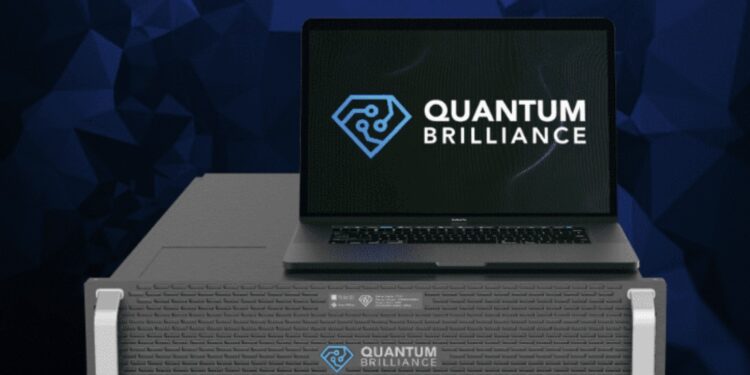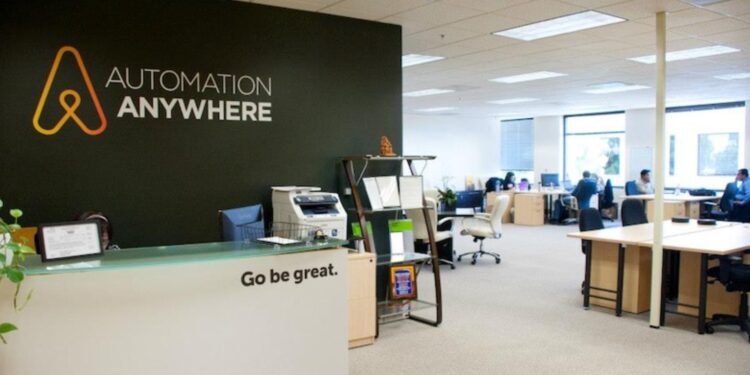“In a major advance for quantum computing in Germany, the Fraunhofer Institute for Applied Solid State Physics (IAF) has installed and switched on the world’s first system to combine qubits at room temperature in a universal library for wedges operating at room temperature (rTRL) from Quantum Brilliance (QB).”
This early iteration of the Quantum Development Kit (QB-QDK2. 0) is perfectly embedded in Fraunhofer IAF’s high performance computing (HPC) infrastructure, ushering in a new era of access here and utility of quantum technology.
“Instead of having to use giant, energy-sucking fridges to stabilize each qubit, the QB-QDK2 is self-cooling.” 0 functions well at room temperature. This smaller size lets it reside in a typical 19-inch server rack instead of the extra roomy spaces that had been associated with quantum computing.
“This is probably the first time that someone has asked, ‘What do you do with the vacant space in the rack?’ ärz 01 „It’s easy to tell when you’re putting in a quantum computer,” joked Prof. Rüdiger Quay, Director at Fraunhofer IAF, on the system’s unmatched footprint.
The QB-QDK2. 0 is a hybrid quantum-classical compute node consisting of quantum processing units (QPUs) and classical co-processors (e.g., NVIDIA’s GPUs and CPUs).
This proximity is particularly important for high-performance execution of hybrid quantum-classical algorithms, as critical for nascent disciplines such as quantum machine learning, where classical and quantum neural networks meet.
Quantum Brilliance uses synthetic diamond substrates, into which individual nitrogen atoms are inserted into the carbon lattice to form nitrogen-vacancy (NV) centres, the qubits.
These diamond qubits are also very robust against environmental noise and therefore offer a potential platform for a stable quantum circuit operation at temperatures above cryogenic level.
With QB-QDK2 being installed and going-live. 0 at Fraunhofer IAF, QB has laid a path for customers to access and start using NV-based quantum computing,” said Mark Mattingley-Scott, Chief Revenue Officer at Quantum Brilliance. This will “open up new possibilities for fundamental research and applications in the field of quantum computing,” he added.
The new installation will complement the quantum computing application lab that Fraunhofer IAF currently uses for practical access to quantum computers based on diamond. Following an experimental stage, the QB-QDK2. 0 will also be offered to partners from science and industry by Fraunhofer IAF, further enhancing the unique quantum computing ecosystem of Baden-Württemberg, Germany.
This acquisition is “exactly what QuantumBW was about,” the State’s strategic roadmap for quantum technologies, especially as it pertains to diamond hardware.
















